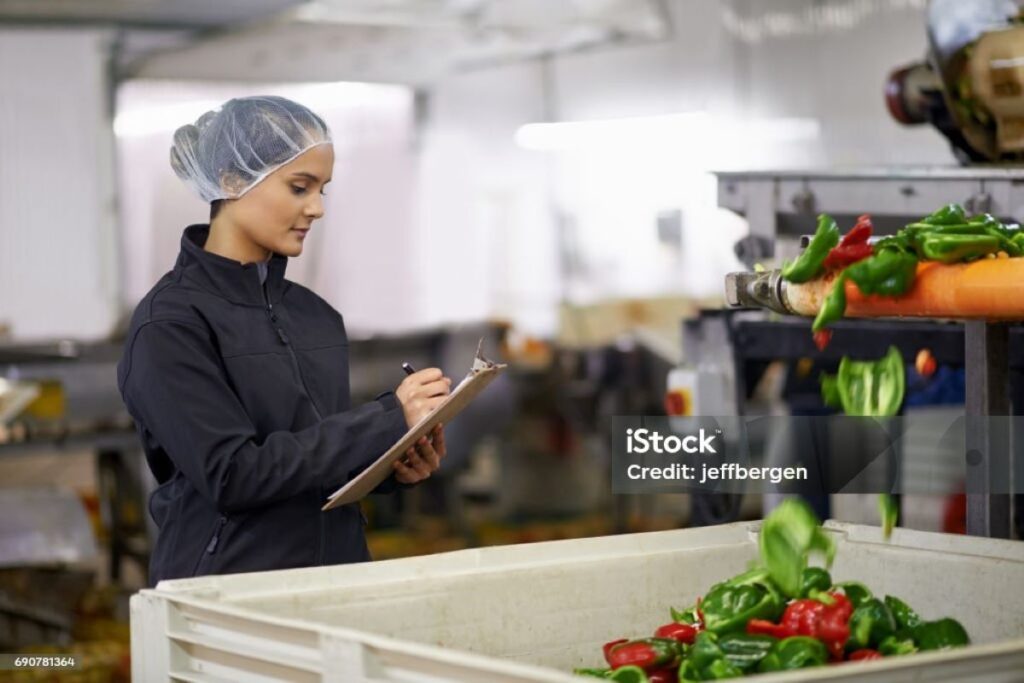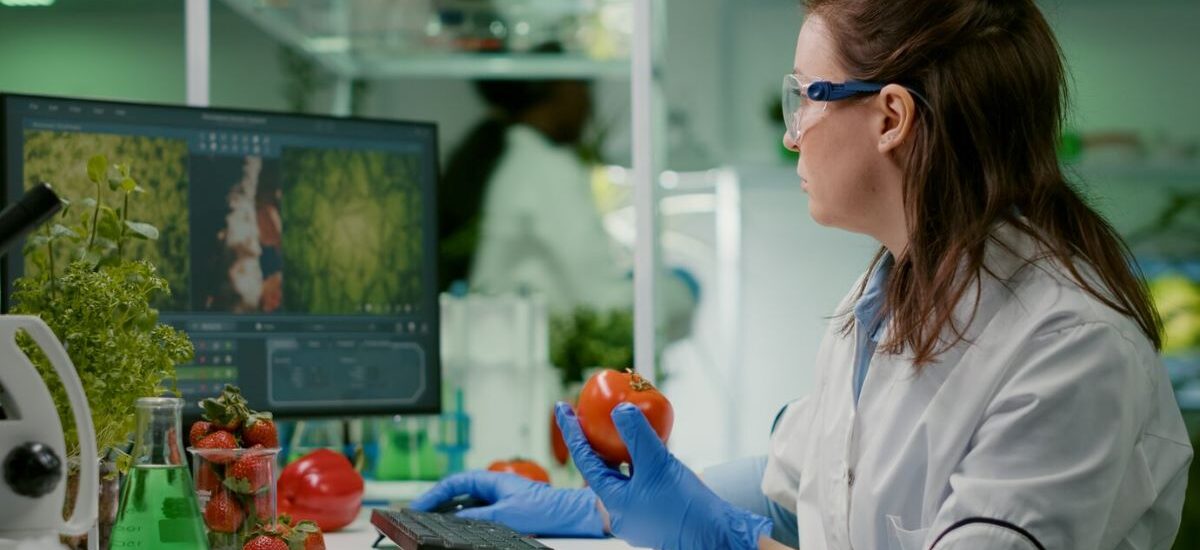Implementing a Temperature Monitoring System for Better Compliance and Efficiency
In today’s fast-paced and highly regulated industries, maintaining optimal temperature conditions is paramount. Whether in food production, pharmaceuticals, or data centres, temperature fluctuations can lead to significant compliance issues and operational inefficiencies. This article explores the implementation of a temperature monitoring system, focusing on its benefits for compliance and efficiency while providing actionable insights for organisations in Australia.
The Importance of Temperature Monitoring
Temperature monitoring is not merely a regulatory requirement; it is a critical component of operational excellence. In sectors such as food safety and pharmaceuticals, maintaining the correct temperature is essential to ensure product integrity and safety.
Regulatory Compliance
In Australia, various regulatory bodies, including the Australian Competition and Consumer Commission (ACCC) and Food Standards Australia New Zealand (FSANZ), impose stringent guidelines on temperature control. Non-compliance can result in hefty fines, product recalls, and damage to brand reputation. Implementing a robust temperature monitoring system can help organisations meet these regulatory requirements efficiently.
Moreover, regular audits often assess compliance with these regulations. A reliable temperature monitoring system provides documented evidence of compliance, which can be invaluable during inspections. This not only streamlines the audit process but also enhances the organisation’s credibility.
In addition to compliance, businesses must also consider the potential legal ramifications of failing to adhere to temperature regulations. If a product is found to be unsafe due to improper temperature control, it could lead to lawsuits and significant financial liabilities. Therefore, investing in a comprehensive temperature monitoring system is not just about meeting regulations; it is also about safeguarding the organisation’s future and ensuring consumer trust.
Operational Efficiency
Temperature variations can lead to spoilage, waste, and increased operational costs. A temperature monitoring system enables real-time tracking, allowing organisations to respond promptly to any deviations. This proactive approach minimises product loss and optimises resource allocation.
Furthermore, the data collected can be analysed to identify trends and patterns, enabling organisations to make informed decisions regarding inventory management and operational strategies. By leveraging this data, businesses can enhance their overall efficiency and reduce unnecessary expenditures.
Additionally, the integration of advanced technologies such as IoT (Internet of Things) sensors has revolutionised temperature monitoring. These smart devices not only provide real-time alerts but can also be programmed to automatically adjust temperature settings based on predefined parameters. This level of automation not only saves time but also significantly reduces the likelihood of human error, ensuring that products are stored and transported under optimal conditions at all times. Such innovations are paving the way for more sophisticated supply chain management practices, further emphasising the critical role of temperature monitoring in modern operations.
Key Components of a Temperature Monitoring System
Implementing a temperature monitoring system involves several key components that work together to ensure optimal performance and compliance.
Temperature Sensors
Temperature sensors are the backbone of any monitoring system. These devices measure temperature in real time and can be placed in various locations, such as storage areas, production lines, or transport vehicles. Modern sensors are often equipped with wireless technology, allowing for remote monitoring and data collection.
When selecting temperature sensors, it is crucial to consider factors such as accuracy, response time, and the environment in which they will be used. For instance, sensors used in cold storage must be capable of operating effectively at low temperatures without compromising their accuracy.
Data Loggers and Software
Data loggers play a vital role in recording temperature data over time. This information can then be transferred to software applications for analysis and reporting. Many contemporary systems offer cloud-based solutions, allowing for easy access and management of temperature data from anywhere.
Advanced software solutions often come with features such as alerts and notifications, enabling users to take immediate action if temperatures fall outside of acceptable ranges. This capability is particularly beneficial in preventing potential losses and ensuring compliance with regulatory standards.
Integration with Existing Systems
For a temperature monitoring system to be truly effective, it should integrate seamlessly with existing operational systems. This integration can enhance data accuracy and streamline processes. For example, linking temperature monitoring with inventory management systems can provide insights into product turnover rates and storage conditions.
Moreover, integration with other monitoring systems, such as humidity or CO2 sensors, can provide a comprehensive overview of the environmental conditions affecting product quality. This holistic approach allows organisations to maintain optimal conditions across all parameters, further ensuring compliance and efficiency.

Steps to Implement a Temperature Monitoring System
Implementing a temperature monitoring system requires careful planning and execution. The following steps can guide organisations through the process.
Assessment of Needs
The first step in implementing a temperature monitoring system is to assess the specific needs of the organisation. This involves identifying critical areas where temperature control is essential and determining the types of products that require monitoring.
Engaging with stakeholders from various departments, such as quality assurance, operations, and compliance, can provide valuable insights into the requirements and expectations for the system. This collaborative approach ensures that the chosen solution meets the needs of all parties involved.
Selection of Technology
Once the needs have been assessed, the next step is to select the appropriate technology. This includes choosing the right temperature sensors, data loggers, and software solutions. It is essential to consider factors such as scalability, ease of use, and compatibility with existing systems.
Organisations should also evaluate different vendors and their offerings. Conducting demonstrations and pilot tests can provide a clearer understanding of how well the technology will perform in real-world scenarios.
Training and Implementation
After selecting the technology, training staff on how to use the system effectively is crucial. Proper training ensures that employees understand how to monitor temperatures, respond to alerts, and maintain the equipment. This step is vital for maximising the system’s benefits and ensuring compliance.
During the implementation phase, it is advisable to start with a pilot programme in a specific area before rolling out the system across the entire organisation. This approach allows for troubleshooting and adjustments based on initial feedback, ensuring a smoother transition to full implementation.
Challenges and Considerations
While implementing a temperature monitoring system can yield significant benefits, organisations may face several challenges along the way.
Initial Costs
The initial investment in a temperature monitoring system can be substantial. Costs may include purchasing sensors, data loggers, software, and training. However, organisations should consider these costs as part of a long-term strategy for compliance and efficiency.
In many cases, the return on investment can be realised through reduced product losses, improved operational efficiency, and enhanced compliance. Conducting a cost-benefit analysis can help organisations justify the expenditure and plan for future investments Click here to get how remote temperature monitoring systems help ensure food quality.
Data Management
With the implementation of a temperature monitoring system comes the challenge of managing and analysing the data collected. Organisations must establish protocols for data storage, access, and analysis to ensure that the information is utilised effectively.
Investing in robust data management software can facilitate this process, allowing organisations to generate reports, track trends, and make data-driven decisions. Additionally, ensuring data security is paramount, particularly when dealing with sensitive information related to product safety and compliance.

Continuous Improvement
Temperature monitoring is not a one-time effort; it requires ongoing evaluation and improvement. Organisations should regularly review their monitoring processes and technology to identify areas for enhancement. This may involve upgrading equipment, refining training programmes, or adjusting monitoring protocols based on changing regulations or operational needs.
Establishing a culture of continuous improvement can help organisations stay ahead of compliance requirements and maintain operational efficiency in an ever-evolving landscape.
Conclusion
Implementing a temperature monitoring system is a critical step for organisations seeking to enhance compliance and efficiency. By investing in the right technology and processes, businesses can safeguard product quality, reduce waste, and streamline operations.
As regulatory standards continue to evolve, the importance of robust temperature monitoring will only grow. By prioritising this aspect of operational management, organisations can position themselves for success in a competitive marketplace.
Ultimately, the benefits of a temperature monitoring system extend beyond compliance; they contribute to a culture of quality and excellence that can drive long-term success. Embracing this technology is not just a matter of meeting regulations; it is about fostering a commitment to quality and efficiency that benefits both the organisation and its customers.

